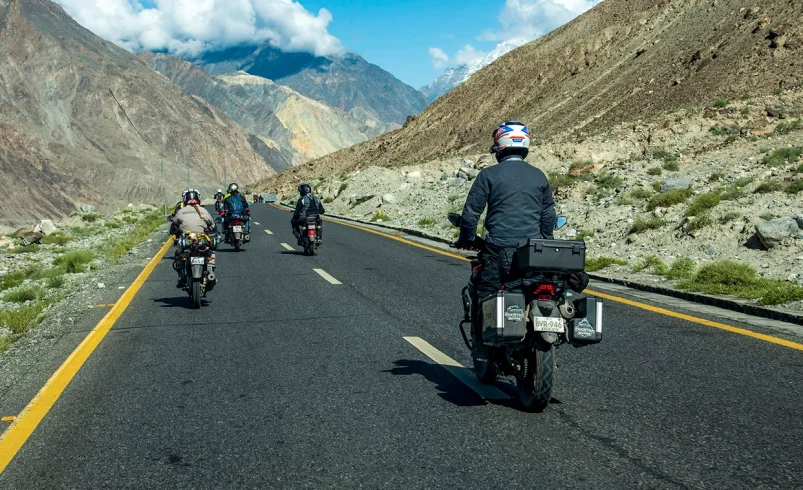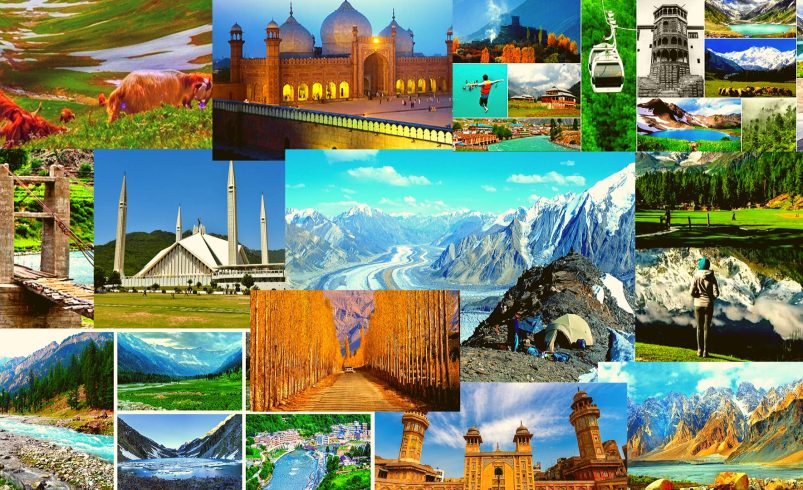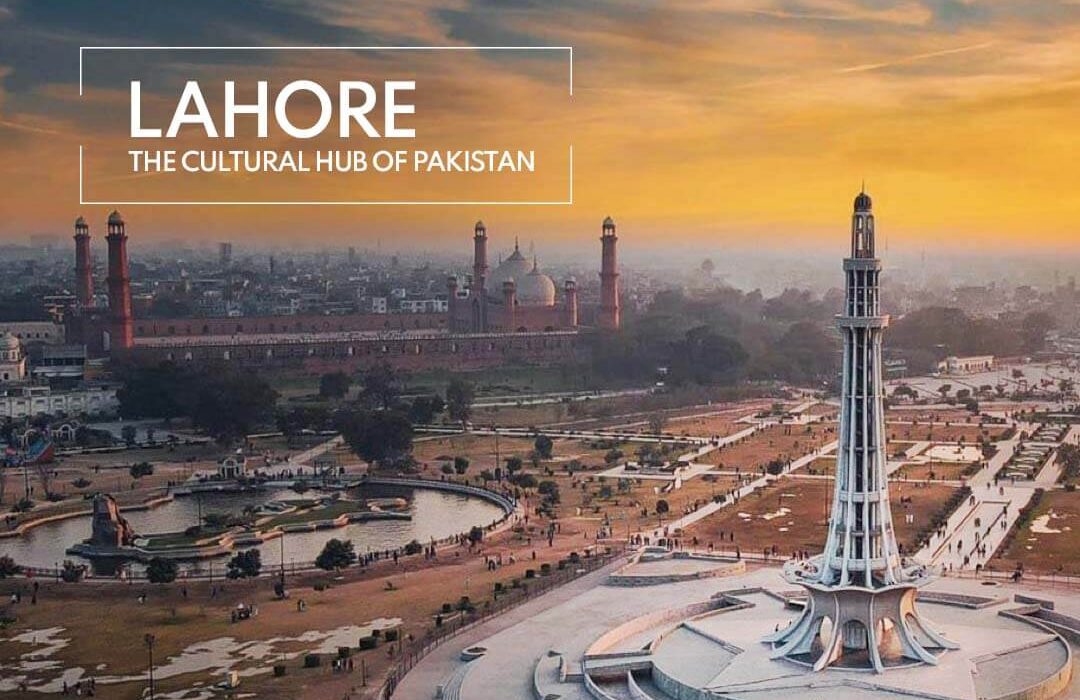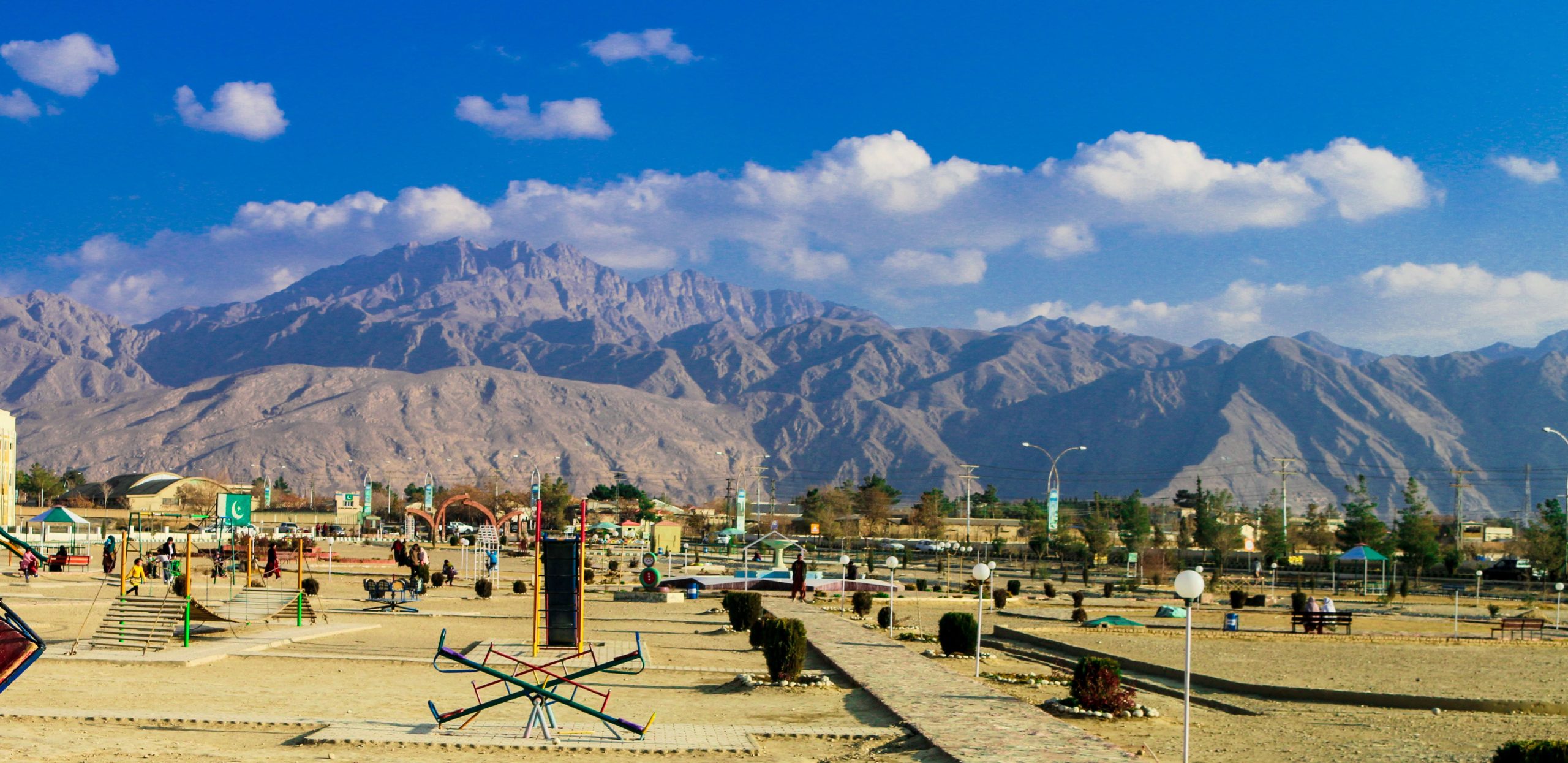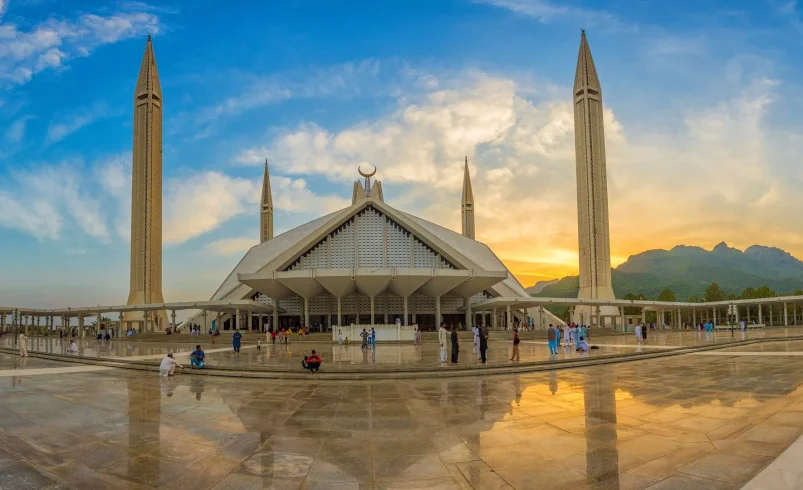
- April 6, 2025
Introduction
Pakistan is a country rich in history, culture, and natural beauty, home to some of the most iconic landmarks in South Asia. From grand mosques and ancient forts to breathtaking lakes and gardens, Pakistan’s famous landmarks tell the story of its glorious past and diverse heritage. Whether you’re a history buff, an architecture lover, or a nature enthusiast, these landmarks offer an unforgettable journey through time. Let’s explore the most famous landmarks in Pakistan that should be on your travel list.
Minar-e-Pakistan
Minar-e-Pakistan was built to commemorate the Lahore Resolution of 1940, marking the demand for a separate Muslim state. This monument stands as a symbol of independence and national pride.
- Location: Lahore, Punjab
- Key Attractions: Tall tower symbolizing Pakistan’s independence, beautiful surrounding park
- Best Time to Visit: Spring and autumn
- Activities to Do: Sightseeing, photography, historical exploration
Badshahi Mosque
Constructed by the Mughal Emperor Aurangzeb in 1673, Badshahi Mosque is one of the largest and most magnificent mosques in the world, showcasing Mughal grandeur.
- Location: Lahore, Punjab
- Key Attractions: Magnificent Mughal-era architecture, grand courtyard
- Best Time to Visit: Winter months for pleasant weather
- Activities to Do: Prayers, photography, cultural visits
Lahore Fort (Shahi Qila)
Lahore Fort, also known as Shahi Qila, was originally built in the 11th century but was reconstructed by Emperor Akbar in the 16th century. It remains a symbol of Mughal might and artistry.
- Location: Lahore, Punjab
- Key Attractions: Sheesh Mahal, Alamgiri Gate, stunning Mughal designs
- Best Time to Visit: October to March
- Activities to Do: Guided tours, photography, exploring historical artifacts
Faisal Mosque
Completed in 1986, Faisal Mosque is named after King Faisal of Saudi Arabia, who funded its construction. It stands as the largest mosque in Pakistan, blending modern and traditional Islamic architecture.
- Location: Islamabad
- Key Attractions: Largest mosque in Pakistan, modern Islamic architecture
- Best Time to Visit: All year round
- Activities to Do: Worship, sightseeing, photography
Pakistan Monument
Built in 2007, the Pakistan Monument represents the four provinces and three territories of the country, symbolizing national unity and heritage.
- Location: Islamabad
- Key Attractions: Symbolic structure representing Pakistan’s unity
- Best Time to Visit: Evening hours for the best views
- Activities to Do: Learning history, taking panoramic photos
Mazar-e-Quaid (Quaid’s Mausoleum)
This mausoleum is the final resting place of Muhammad Ali Jinnah, the founder of Pakistan. Built in 1971, it stands as a significant symbol of Pakistan’s independence.
- Location: Karachi, Sindh
- Key Attractions: Final resting place of Muhammad Ali Jinnah
- Best Time to Visit: Winter months
- Activities to Do: Paying respects, learning about Pakistan’s founder
Mohenjo-Daro
Dating back to 2500 BCE, Mohenjo-Daro was a major city of the Indus Valley Civilization, showcasing one of the earliest urban planning systems in history.
- Location: Sindh
- Key Attractions: Ancient Indus Valley Civilization ruins
- Best Time to Visit: Winter months
- Activities to Do: Archaeological exploration, historical research
Rohtas Fort
Built by Sher Shah Suri in the 16th century, Rohtas Fort is a massive fortress known for its strategic military importance and architectural brilliance.
- Location: Jhelum, Punjab
- Key Attractions: UNESCO World Heritage site, historic military fort
- Best Time to Visit: October to April
- Activities to Do: Exploring ancient structures, photography
Khyber Pass
This historic pass has been a key trade route and military pathway connecting South Asia with Central Asia for centuries.
- Location: Khyber Pakhtunkhwa
- Key Attractions: Historic trade route, stunning mountain views
- Best Time to Visit: Spring and autumn
- Activities to Do: Sightseeing, learning about historical significance
Shalimar Gardens
Shalimar Gardens, a masterpiece of Mughal architecture, was built by Emperor Shah Jahan in 1641 in Lahore. Designed in the Persian-style “Charbagh” layout, these gardens served as a retreat for the Mughal elite, featuring cascading fountains, pavilions, and lush greenery. Today, it stands as a UNESCO World Heritage Site and a symbol of Lahore’s rich history.
- Location: Lahore, Punjab, near GT Road
- Key Attractions: 410 fountains, marble pavilions, terraced gardens, historical architecture
- Best Time to Visit: Spring (March-April) and autumn (September-November)
- Activities to Do: Sightseeing, photography, picnics, cultural walks
Hiran Minar
Hiran Minar, built by Emperor Jahangir in the early 17th century, is a unique Mughal-era structure dedicated to his beloved pet deer, Mansraj. The minaret, along with an artificial lake and a pavilion, showcases the grandeur of Mughal architecture and the emperor’s love for nature and wildlife.
- Location: Sheikhupura, Punjab, about 40 km from Lahore
- Key Attractions: 30-meter high minaret, massive water tank, scenic surroundings
- Best Time to Visit: Winter and spring (October-April)
- Activities to Do: Boating, bird-watching, photography, historical exploration
Derawar Fort
Rising from the vast Cholistan Desert, Derawar Fort is a colossal fortress with a history dating back to the 9th century. The present structure was built by the Nawabs of Bahawalpur in the 18th century. This imposing fort, with its 40 massive bastions, once guarded the trade routes and remains an architectural marvel.
- Location: Bahawalpur, Punjab, in the Cholistan Desert
- Key Attractions: Massive walls, underground chambers, historical relics
- Best Time to Visit: Winter (November-February)
- Activities to Do: Desert safari, photography, historical exploration
Makli Necropolis
Makli Necropolis, one of the largest burial sites in the world, spans over 10 square kilometers and is home to the tombs of rulers, saints, and scholars from the 14th to 18th centuries. The site’s intricately carved stone and brickwork make it a UNESCO World Heritage Site.
- Location: Thatta, Sindh, near Karachi
- Key Attractions: Ancient tombs, intricate carvings, Islamic calligraphy
- Best Time to Visit: Winter (November-February)
- Activities to Do: Historical exploration, photography, cultural tours
Baltit Fort
Baltit Fort, perched above Karimabad in Hunza Valley, is a 700-year-old architectural wonder that reflects Tibetan and Kashmiri influences. Once the residence of the Mirs of Hunza, it has been beautifully restored and now serves as a museum showcasing the region’s history and culture.
- Location: Karimabad, Hunza Valley, Gilgit-Baltistan
- Key Attractions: Ancient wooden carvings, panoramic mountain views, museum exhibits
- Best Time to Visit: Summer (May-September)
- Activities to Do: Trekking, sightseeing, cultural exploration
Altit Fort
Altit Fort, older than Baltit Fort, is an architectural gem that served as the original home of the ruling Mirs of Hunza. With its strategic location on a cliff overlooking the Hunza River, this fort provides a glimpse into the region’s royal history.
- Location: Hunza Valley, Gilgit-Baltistan
- Key Attractions: Historic wooden architecture, traditional royal artifacts, scenic views
- Best Time to Visit: Summer (May-September)
- Activities to Do: Historical tours, photography, cultural walks
Attabad Lake
Attabad Lake, formed in 2010 after a massive landslide blocked the Hunza River, is one of Pakistan’s most breathtaking natural attractions. The lake’s turquoise waters, surrounded by rugged mountains, make it a must-visit destination.
- Location: Hunza Valley, Gilgit-Baltistan
- Key Attractions: Stunning blue waters, boating, surrounding peaks
- Best Time to Visit: Summer (May-September)
- Activities to Do: Boating, fishing, kayaking, camping
Emergency Contacts & Health Precautions
- Police: 15
- Ambulance: 1122
- Tourist Helpline: +92 51 111 786 100
- Stay hydrated and carry essential medicines
Travel Tips for Famous landmarks in Pakistan
- Always carry a copy of your identification
- Respect local customs and traditions
- Pack according to the weather
- Learn a few basic Urdu phrases for convenience
FAQs
What is the most famous landmark in Pakistan?
Without a doubt, Minar-e-Pakistan stands as one of the most iconic landmarks in Pakistan, representing the country’s independence movement.
Which landmarks in Pakistan are UNESCO World Heritage Sites?
Interestingly, Pakistan has several UNESCO World Heritage Sites, including Mohenjo-Daro, Rohtas Fort, and Makli Necropolis.
What is the best time to visit Pakistan’s landmarks?
Generally, the best time to explore famous landmarks in Pakistan is from October to April, when the weather is pleasant.
How can I travel to these landmarks?
Depending on the location, you can reach most Pakistani landmarks by road, train, or domestic flights from major cities.
Are these landmarks safe for tourists?
Yes! Most famous landmarks in Pakistan are safe for tourists, but it’s always wise to follow local guidelines and stay informed about travel advisories.
Conclusion
Pakistan is a country rich in history, culture, and architectural wonders. From the magnificent Badshahi Mosque to the breathtaking Attabad Lake, each landmark in Pakistan tells a unique story of the region’s past and present. Whether you are an adventurer, a history enthusiast, or a cultural explorer, visiting these iconic places will leave you in awe. If you are planning your trip, make sure to explore these famous landmarks in Pakistan to experience the beauty and heritage of this incredible nation firsthand.


